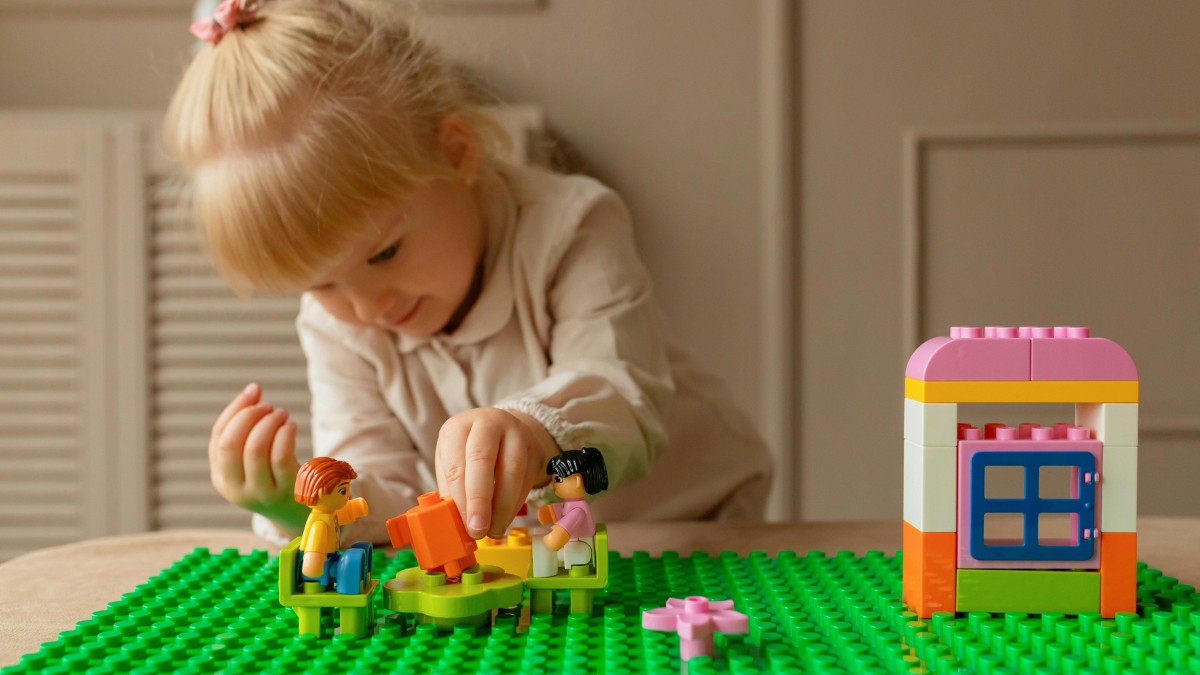Energy Solutions For Autism-Friendly Environments
Discover energy solutions for autism-friendly environments that enhance comfort and support individual needs.

Energy Solutions For Autism-Friendly Environments

Creating Supportive Environments for Autism
Creating supportive environments is essential for individuals on the autism spectrum. These environments can greatly enhance comfort, reduce anxiety, and improve overall well-being. Energy solutions play a significant role in establishing these supportive surroundings.
Importance of Supportive Environments
Supportive environments are designed to address the unique needs of individuals with autism. They can positively impact sensory processing, emotional regulation, and social interactions. By focusing on elements that promote comfort and ease, caregivers can create spaces that allow individuals to thrive.
The following factors are critical in supportive environments:
Role of Energy Solutions
Energy solutions are pivotal in crafting autism-friendly environments. These solutions enhance comfort and can adapt to the specific needs of individuals. Implementing efficient energy solutions can lead to significant improvements in both functionality and sustainability.
Some key energy solutions include:
By employing thoughtful energy solutions, environments can be tailored to support individuals with autism, ensuring they feel safe, comfortable, and empowered.

Lighting Solutions
Creating the right lighting environment is crucial for individuals with autism. The effectiveness of energy solutions for autism-friendly environments greatly depends on lighting, as it can influence mood and behavior. This section will explore natural lighting, artificial lighting options, and the importance of lighting control.
Natural Lighting
Natural lighting is beneficial for creating a calming atmosphere. Exposure to sunlight has been shown to improve mood and increase productivity. In settings designed for individuals with autism, maximizing natural light can enhance the overall environment while reducing reliance on artificial sources.
Artificial Lighting Options
When natural light is insufficient, artificial lighting options can supplement the environment. Various types of artificial lighting can be used, including LED lights, fluorescent bulbs, and smart lighting systems that allow for customization.
Importance of Lighting Control
Controlling the lighting environment is essential for creating a comfortable space. Poor lighting conditions can contribute to overstimulation, making it harder for individuals with autism to focus or relax. Adjustable lighting can provide the necessary flexibility to meet individual preferences.
By focusing on these lighting solutions, environments can be transformed into supportive spaces for individuals with autism, promoting comfort and well-being.

Sensory Friendly Spaces
Creating sensory-friendly spaces is vital for individuals on the autism spectrum. These environments can be designed to minimize distractions and promote comfort, leading to improved focus and well-being. Key components of sensory-friendly spaces include minimizing noise, controlling temperature, and designing calming environments.
Minimizing Noise
Excessive noise can be overwhelming for individuals with autism. To create a peaceful atmosphere, incorporating sound-absorbing materials and strategic layouts will help reduce background noise levels.
Utilizing these strategies can significantly enhance the auditory environment, making it more accommodating for those affected by sensory sensitivities.
Temperature Control
Temperature can greatly impact comfort levels and focus. Maintaining a stable and comfortable environment is essential for individuals with autism.
Implementing smart thermostats and energy-efficient heating or cooling systems can assist in maintaining an appropriate temperature range, catering to individual preferences.
Designing Calming Spaces
Designing calming spaces requires careful consideration of color, lighting, and layout. An effective calming environment can help reduce anxiety and promote relaxation.
Incorporating these elements into the design of sensory-friendly spaces can create a more tranquil and welcoming atmosphere, enhancing the overall experience for individuals with autism. By focusing on minimizing noise, controlling temperature, and designing calming environments, caregivers can utilize energy solutions for autism-friendly environments effectively.

Technology Integration
Incorporating technology into environments designed for individuals with autism can greatly enhance their comfort and accessibility. Smart home solutions and assistive technologies play vital roles in creating these autism-friendly spaces.
Smart Home Solutions
Smart home technology offers various features that can greatly benefit individuals with autism. These systems allow for the automation of lighting, temperature, and security, creating a safe and predictable environment.
Assistive Technology
Assistive technology provides individuals with tools to aid communication, learning, and overall daily living. These innovations can help meet individual needs effectively.
Benefits of Technology Integration
Integrating technology into autism-friendly environments offers numerous advantages. These benefits can support caregivers and individuals alike.
By leveraging smart home solutions and assistive technology, caregivers can create supportive, efficient environments that cater to the unique needs of individuals with autism. The inclusion of these elements transforms how spaces function, providing comfort and stability.

Energy Efficiency
Enhancing energy efficiency is a key aspect of creating autism-friendly environments. It not only contributes to sustainability but also offers comfort and stability for individuals on the autism spectrum.
Energy-Efficient Appliances
Energy-efficient appliances reduce energy consumption while still delivering reliable performance. These types of appliances are designed to use less electricity, thereby minimizing utility costs and environmental impact.
Choosing energy-efficient models is essential for establishing a supportive environment. These appliances also typically produce less noise, which can be ideal for minimizing stress.
Thermostat Control for Comfort
Implementing advanced thermostat controls allows for better temperature regulation, which is crucial for comfort. Smart thermostats enable automatic adjustments based on individual preferences and environmental changes.
Maintaining a consistent and comfortable indoor climate can help create a soothing atmosphere, benefiting those with sensory sensitivities.
Importance of Eco-Friendly Practices
Adopting eco-friendly practices contributes to the overall well-being of the environment. Utilizing renewable energy sources and integrating responsible waste management strategies can lead to sustainable living conditions.
Fostering an eco-conscious mindset not only supports the environment but also promotes a sense of stability and assurance for individuals with autism.
Personalizing the Environment
Creating environments that are tailored to the unique needs of individuals with autism is crucial for their comfort and well-being. Personalization involves assessing individual requirements, ensuring design flexibility, and setting up spaces to foster success.
Individual Needs Assessment
An effective individual needs assessment is the foundation of personalizing environments. This process involves understanding the specific preferences, sensory sensitivities, and daily routines of the person with autism. Information gathered can lead to more effective designs and solutions that accommodate these individual characteristics.
Flexibility in Design
Flexible design is essential for creating autism-friendly environments. Spaces should be adaptable to changing needs and preferences. This flexibility can be achieved through modular furniture, adjustable lighting systems, and movable partitions. Ensuring that the environment can evolve will help support ongoing comfort and functionality.
Setting Up for Success
The final step in personalizing an environment entails setting up for success. This focuses on optimizing the physical space to create a supportive and engaging atmosphere. Appropriate layout, designated areas for specific activities, and clear organization can help minimize distractions and enhance focus.
By addressing individual needs, ensuring design flexibility, and setting up environments correctly, energy solutions for autism-friendly environments can significantly impact well-being. These strategies create supportive spaces that empower individuals with autism to thrive.
Sources
https://www.entegraps.com/articles-and-insights/news-and-insights
https://www.crbgroup.com/sustainable-energy-solutions
https://energy-oil-gas.com/top-10-renewable-energy-solutions














